Is PVC Recyclable? Proper Disposal Ways
-
Pete Ortiz
- Last updated:
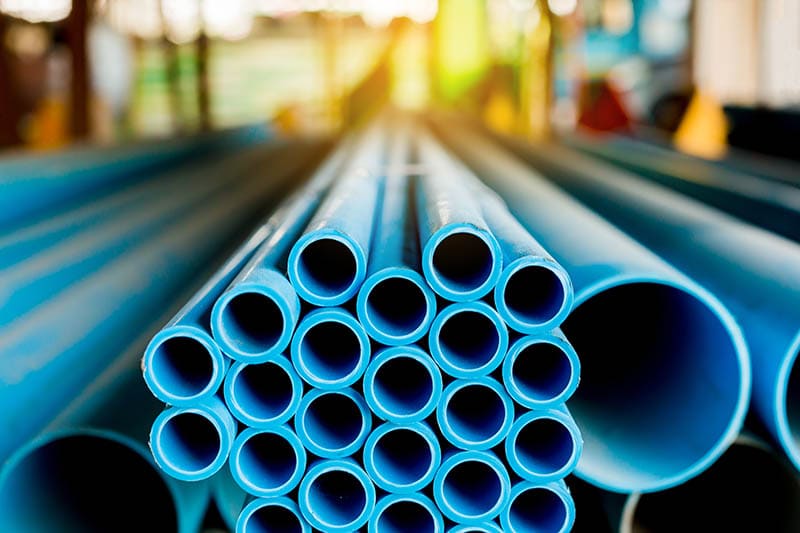
PVC, or PolyVinyl Chloride, is a type of plastic, although some manufacturers refer to it as vinyl. It was one of the first plastic materials to be made and is one of the most widely used today. It is commonly used in the manufacture of pipes and for window and door frames. It is also used in the production of everything from bank cards to shoes.
PVC and the Environment
PVC is decried as being one of the most environmentally damaging plastics available, and at every stage of its use. PVC is made by combining chlorine and ethylene to make vinyl chloride monomer, which is then polymerized to create PVC. PVC manufacturing is highly chlorine intensive, and chlorine becomes CFCs, which destroys the ozone layer and exacerbates the climate change problem.
What’s more, its manufacture also creates dioxins which are also bad for the environment. The chlorine and other harmful chemicals in the PVC also mean that it must be separated from other forms of plastic before recycling and these products can have a lifetime of 50 years or more, which means that they will sit in a landfill or other sites for that amount of time.
Disposing of PVC Safely
Because PVC cannot be recycled with other plastics, this means that it should not be placed in standard plastic recycling bins. If you do have PVC products that have reached the end of their life, there are three ways you can safely dispose of them.
Reuse It
If you’ve removed PVC pipes from an installation, is there any way that you can reuse those pipes? For all of its negative environmental properties, PVC does have benefits, and once it’s been manufactured, reusing it is arguably the most sensible way to recycle it. It is durable, heat resistant, and has a high pressure rating.
It could be used to make furniture or pipes could be repurposed exactly as they are to create a new drainage system or to carry water from your rain butts to your planters. Other PVC products could be repurposed in the garage or the tool shed.
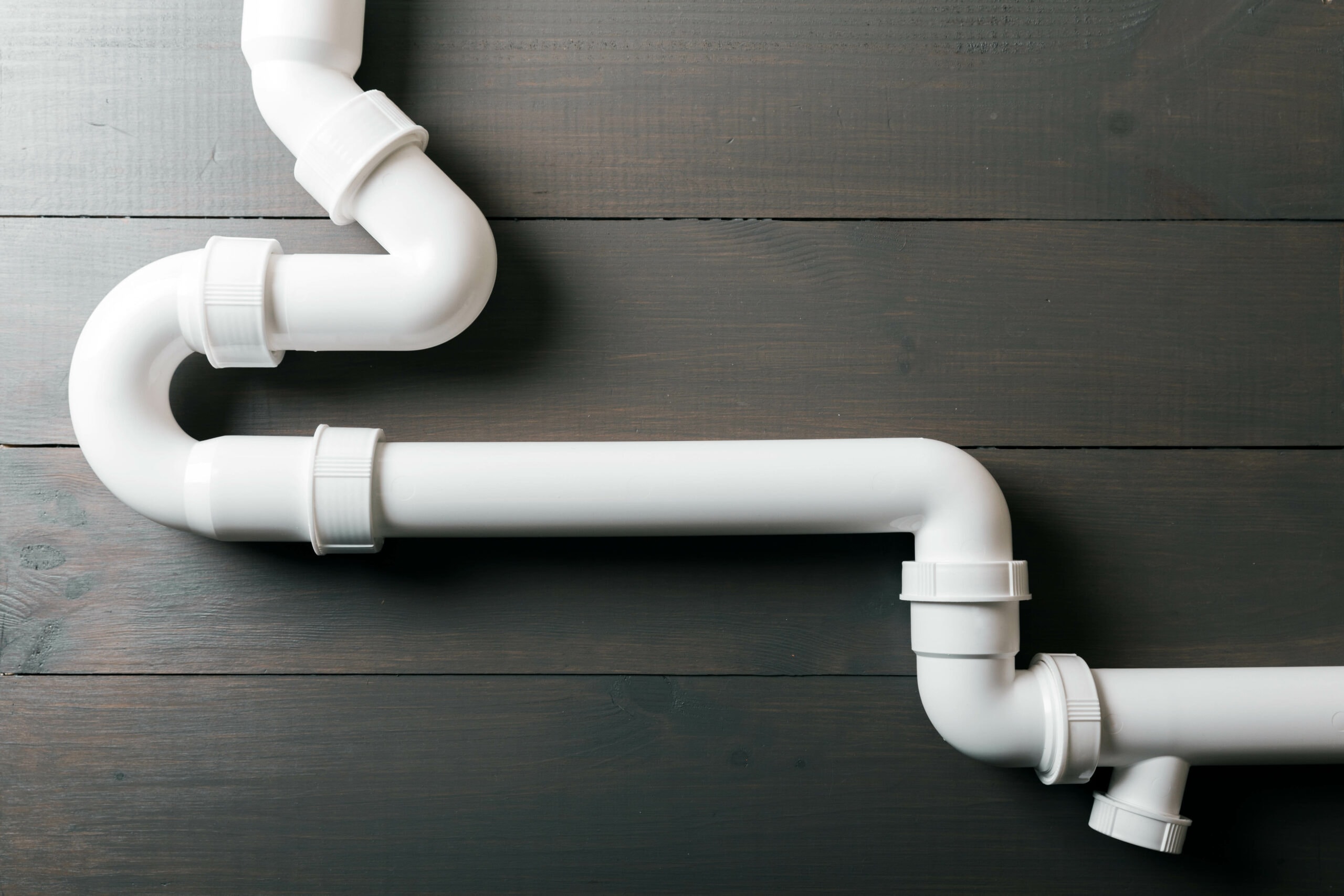
Donate It
These same properties that make PVC beneficial to you, make it beneficial to other users. If you know friends or family that can use it, pass it on. Alternatively, some charities and organizations will take certain types of PVC.
Habitat for Humanity provides safe housing to vulnerable people, and they use donations to help make the houses and to furnish and fit them. They will accept some types of PVC and they may also collect your plastic if you have a large amount of it and can’t get to them.
Recycling PVC
There are some recycling centers that are able to handle PVC recycling. Choose one that uses the most ethical recycling techniques, which means that the plastic is first ground down into a powder before being melted and turned into other PVC products.
It still requires the melting of the PVC, but it is more controlled and not as bad for the environment as some of the more traditional recycling techniques used. And it is certainly more environmentally friendly than putting it in your household waste.
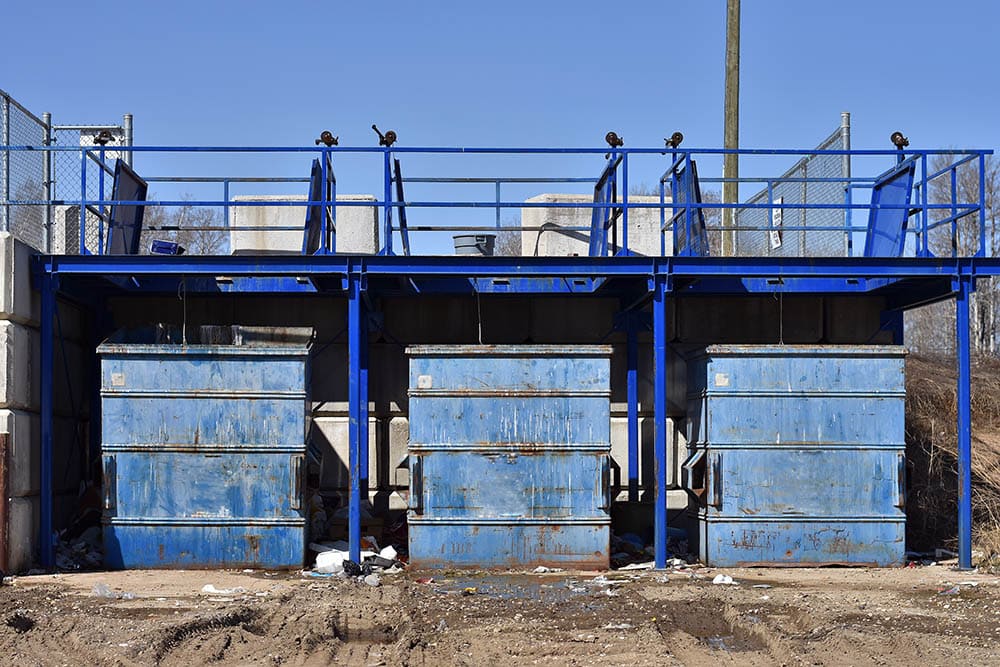
Do Not Burn Your PVC Waste
When the material is burned, it creates hydrochloric acid in gas form. This is highly corrosive and dangerous. The resulting ash also contains lead and cadmium as well as other toxins.
Even if you are not directly exposed to any of these toxins during the burning process, they can get into the soil, and they may linger in the air around the site so you should never burn PVC plastic.
The 3 Ways to Repurpose Old PVC Pipe
If you do have old PVC pipe laying around, upcycling or repurposing it is a great way to avoid having to find somewhere to recycle it, and repurposing is a good way to help prevent further damage to the environment. It is tough, durable, and waterproof, all of which make the material useful for a variety of projects, including:
1. Create a Vertical Garden
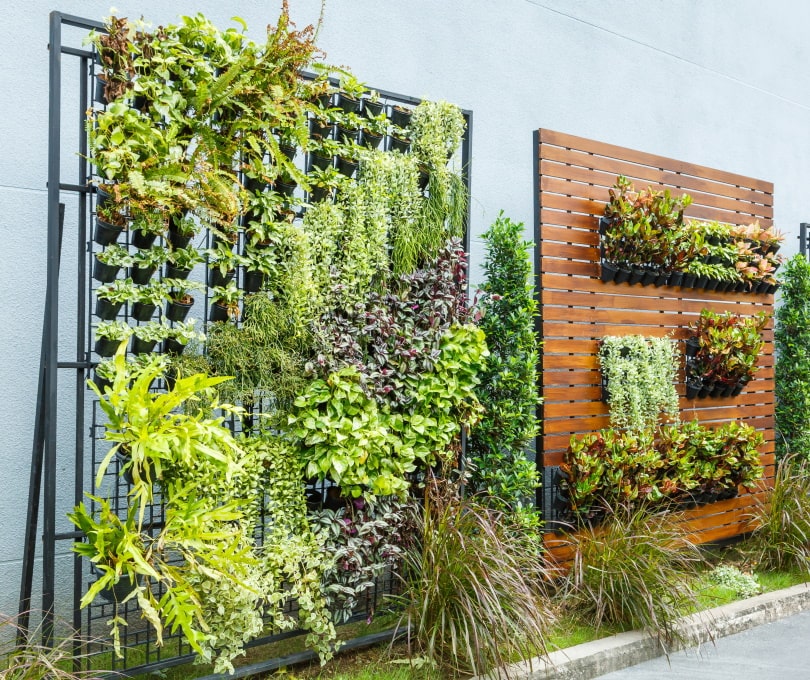
Cut the pipe into equal lengths and hang them horizontally from pieces of rope or garden twine. Cut holes in the top, seal the ends, fill with soil, and then add succulents. You can color the pipe or even cover it with mosaics or other materials to improve the look of the plastic.
2. Make a Greenhouse Frame
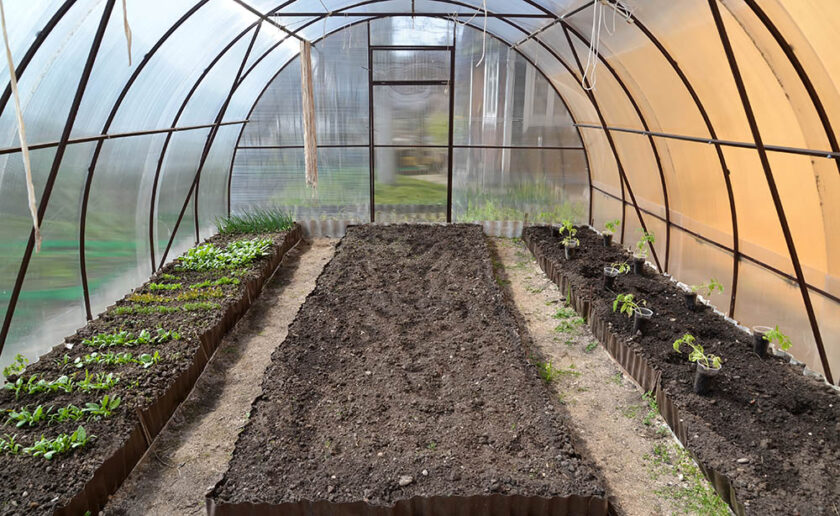
PVC pipe is rigid but if it is heated (not burned), it can be bent at angles up to 90° without kinking or breaking. This means that you can create a polytunnel frame or greenhouse frame. Add a plastic cover and you can make your very own greenhouse.
3. Grow Strawberries

Another great use in the garden is to create vertical strawberry planters. Stand the pipe vertically and cut holes every few inches and around the pipe. Fill the pipes with strawberry compost and plant your strawberries. Even a single piece of pipe will yield a good harvest of strawberries, and if you have the pipe and the room, you could have several on the go at once.
Conclusion
PVC is a form of plastic and is deemed to be one of the worst, environmentally speaking, of all plastic materials. It uses a lot of chlorine in its manufacture, and the traditional means of burning PVC to recycle it is also considered bad for the environment.
If you have waste PVC, look for ways to upcycle it, donate it to a cause that will put it to good use, or find a legitimate recycling center that accepts PVC. Never burn the material yourself, and don’t throw it in the household waste bin or standard plastic recycling containers.
Featured Image Credit: koonsiri boonnak, Shutterstock
Contents


